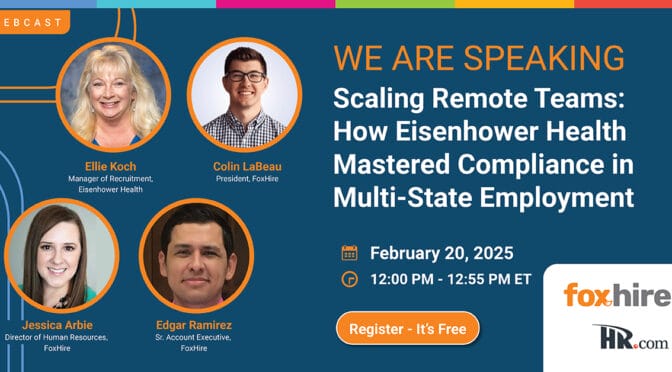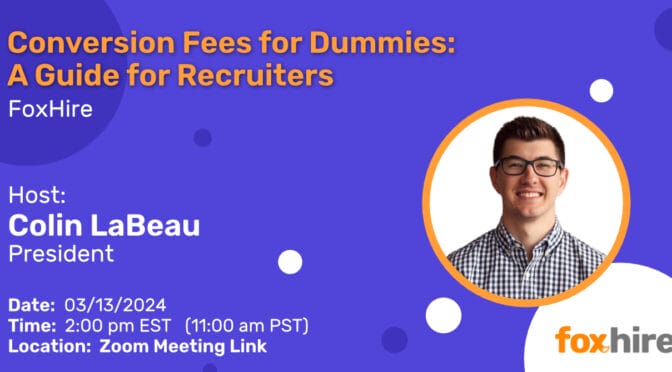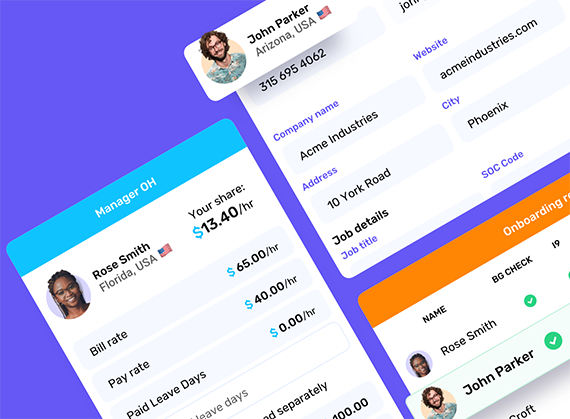Last week, we discussed the tough compliance standards the Affordable Care Act (ACA) requires of applicable large employers (ALEs) with 50+ full-time-equivalent employees (those working 30+ hours per week on average). This week, we’ll continue that topic with an examination of the reporting requirements taking effect this upcoming tax season.
2015 is the first year that the reporting requirements of the ACA are mandatory, and across the board, applicable large employers (ALEs) are struggling to comply.
ACA Reporting: Compliance Challenges
Essentially, beginning this year, ALEs are subject to the new Internal Revenue Code Section 6056. This obligates them to report certain information to the IRS on an annual basis (via Form 1094-C) and provide all employees annual benefit statements (via Forms 1095-C). Filing a few forms doesn’t sound that cumbersome, but several factors are making things difficult for employers this year:
- The IRS keeps putting out new revisions to the forms and changing the instructions for filing them. The most current instructions were published September 16, 2015, with a minor revision as recent as December 2, 2015. As businesses try to prepare for year end and the upcoming tax season, the ever-changing guidelines for ACA reporting are an added headache.
- Most accounting and human resources software was not built with the Affordable Care Act in mind. This means that many ALEs will either have to do a great deal of manual data entry, or outsource their raw data to an outside firm to be processed. Either way, they must first locate and compile data that is likely not tracked in an easily accessible manner by their current systems (such as the months that employees were in coverage waiting periods, their start of coverage, etc.).
- Employers may not realize they are ALEs and therefore must report. Determining ALE status can get tricky; the IRS uses the phrase, “Employers with 50 or more full-time employees (including full-time equivalent employees)” to describe them. An employer with enough part-time employees (whose hours add up to be the “equivalent” of a full-time employee) might still qualify as an ALE, even if they do not technically have 50 full-time employees.
- The codes and requirements are different if an ALE is self-insured vs. fully insured. This makes determining the correct codes to use even more difficult.
Complications for Staffing Firms
The factors above apply to almost every ALE. However, there are a few extra complications for W-2 employer of record services who are ALEs:
- Even those who only qualified as an ALE for one month of the year are subject to the requirements. Staffing firms and W-2 employer of record services often have a wildly fluctuating number of employees, full-time and full-time-equivalent, throughout the year. These kinds of employers really have to keep a close watch on the number of employees they have—even one month qualifying as an ALE requires them to furnish the Forms 1094-C and 1095-C for that year.
- Any part-time or full-time employee of any duration must receive a Form 1095-C for the year. Whether an employee worked less than one month or all twelve in a year, their employer must furnish the form to them and include them in their count. The high volume of workers a staffing firm or back-office service may employ annually makes this no easy task.
- Every qualifying employee must have a code for each month of the year in part 2 of Form 1095-C, regardless of the length of their employment. For W-2 employer of record services, each contract employee could go through the whole cycle of employment in a year. For example, they may be a non-employee, employed but not yet eligible for benefits, eligible but in a waiting period, electing benefits, terminated, and then on COBRA. Each of these statuses (and there are still others!) requires a different code for the applicable month on Form 1095-C. Not to mention the complicated reporting for rehired employees!
A Necessary Evil for ALEs
At the end of the day, ALEs have no real choice but to comply with these requirements. Regardless of how costly the ACA may prove to be for businesses in man-hours, system upgrades, and outsourcing costs, ALEs will simply have to learn how to cope.
However, for those staffing firms who grow close to the ALE line in terms of full-time-equivalent employees (counting both in-house and contract employees), outsourcing contract employees to a W-2 employer of record service may prove well worth it. “An ounce of prevention is worth a pound of cure,” in the case of ACA headaches.
This article is for information purposes only and should not be construed as legal advice.





